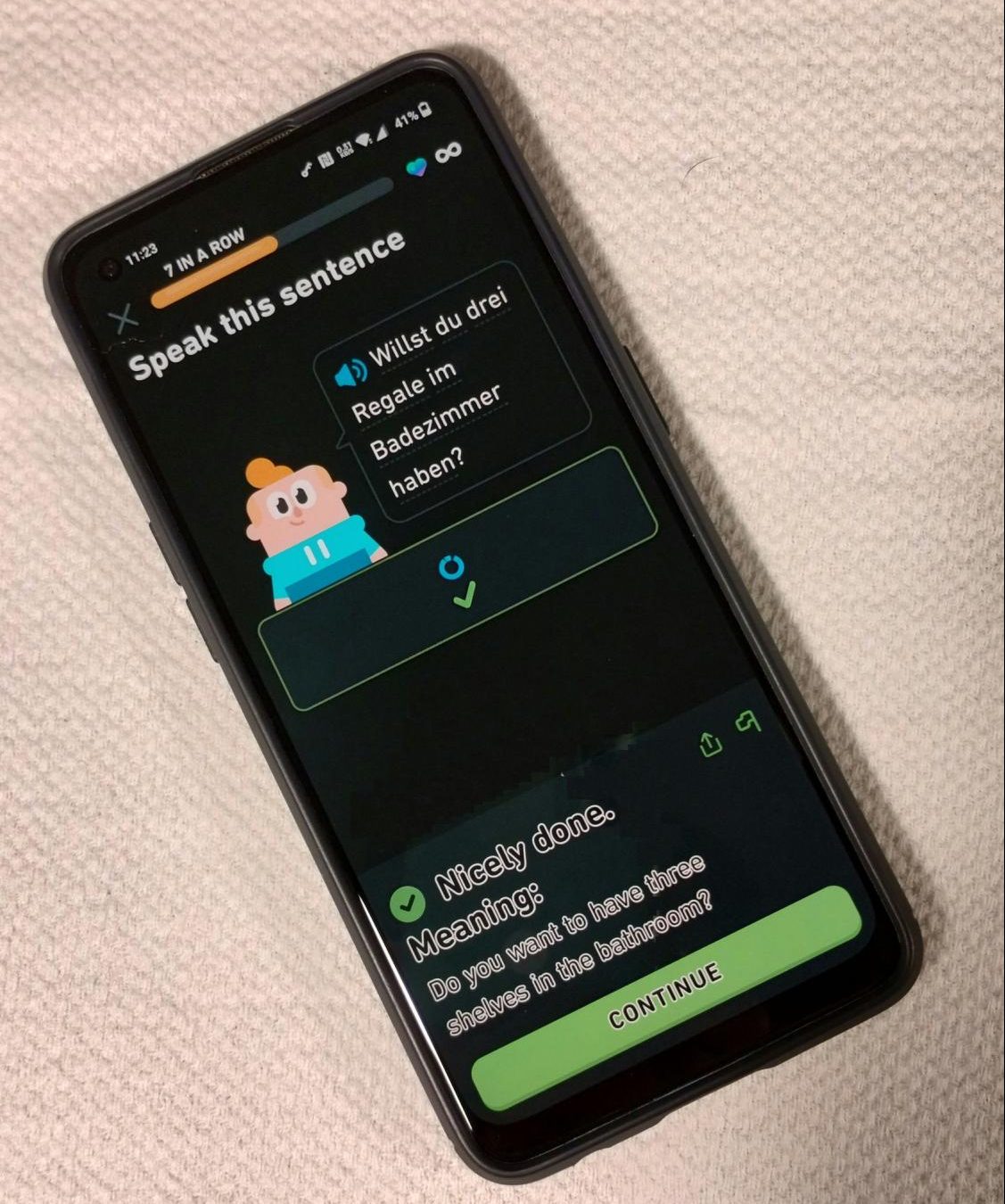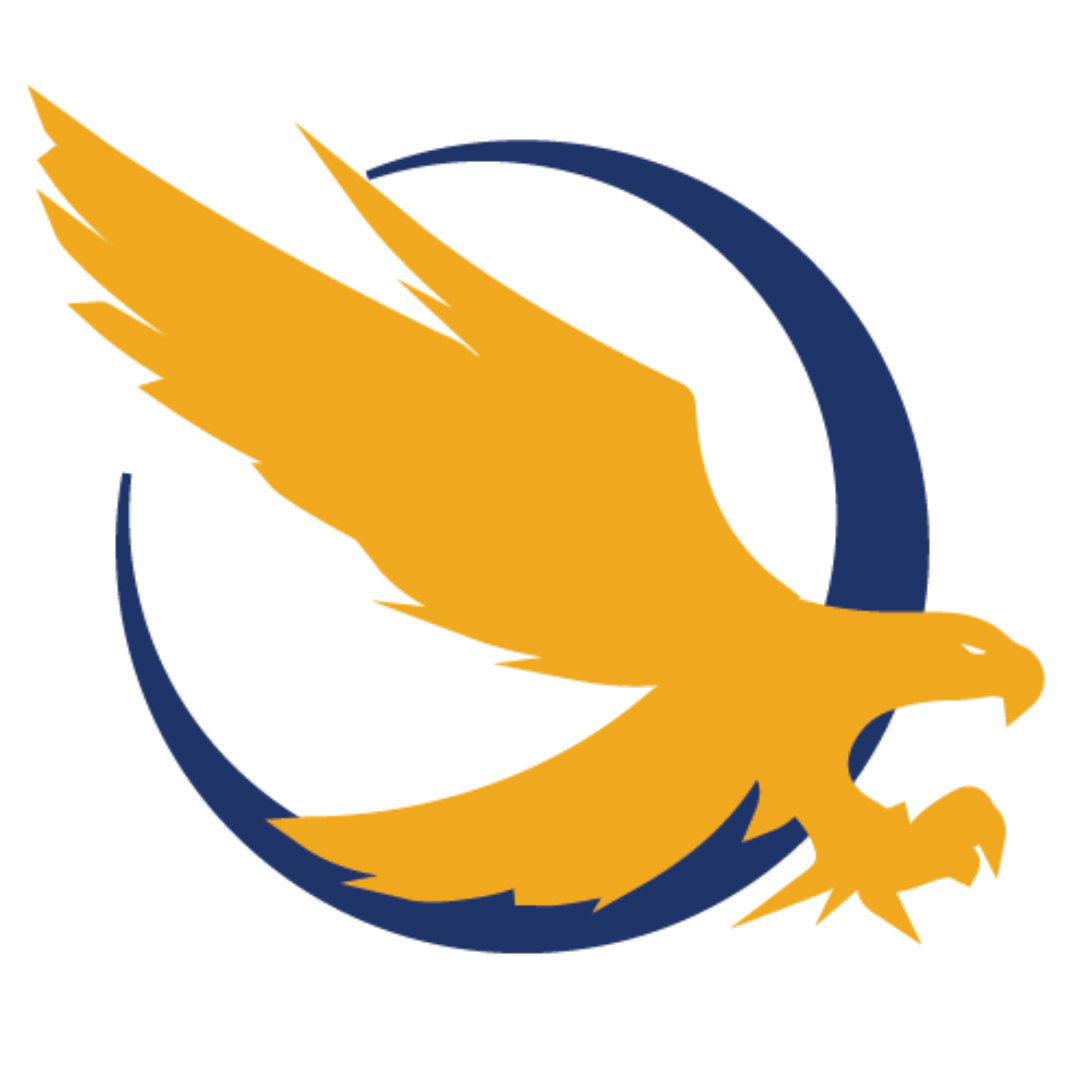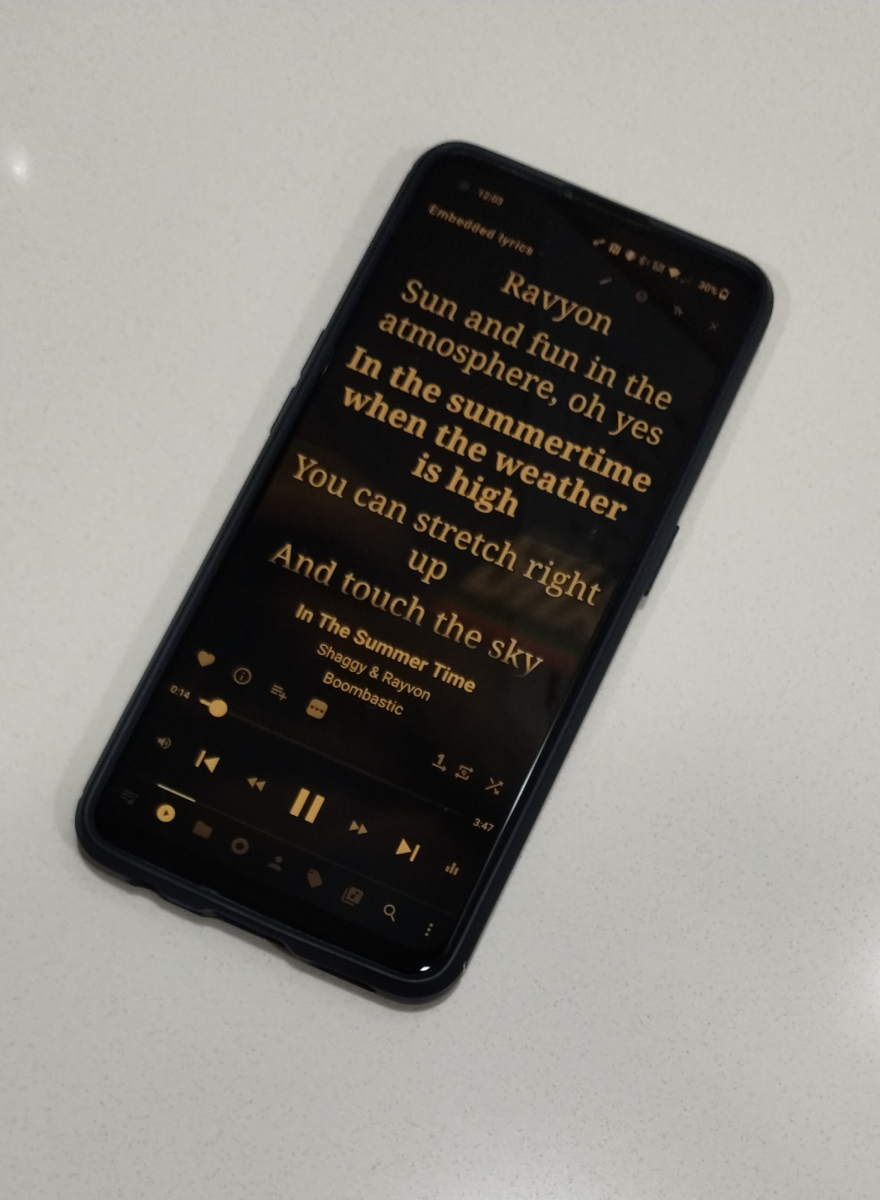I have consistently used Duolingo to learn languages for the past two years. For those who are not familiar, Duolingo is a gamified language learning app with both free and paid tiers. I consider it to be an excellent source of accessible and affordable education. The gamified experience gives encouragement to continue learning by keeping random users competing with one another from week to week. Also, maintaining a streak incentivizes users to return to the app each day for a minimum of one five-minute lesson.
According to Dr. Luis Von Ahn, co-founder and CEO of Duolingo, the company used the same addictive social engineering tactics that have been used in social media apps. Thus, they developed the streak. “A streak is just a counter that measures the number of days that you’ve used the product consecutively,” Dr. Ahn said during an official TED Talk. In other words, a streak gives motivation and a sense of urgency to return to the app daily to avoid resetting the streak to zero.
Life gets busy, and learners may not be able to keep up their learning streak. Duolingo takes this into consideration with streak freezes, which were created as a forgiveness mechanism if a user is unable to do a lesson in a given 24-hour period. Though, if a learner forgets to do a lesson for longer than that, the streak will be reset.
In-game currency called Gems can be earned either by learning consecutively or by paying actual money. Gems are used to obtain streak freezes for any future forgetfulness that a user may experience. The first time I forgot to do my daily lesson and thought I lost my streak, my heart sank, and then I realized the streak freeze took effect. That’s what the almighty streak freeze is for. When life gets busy, it is a forgiveness system for missing a day of learning to help learners get back on track.
My original intent for using the app to learn languages was having discovered beautiful German rock music two years ago. Consequently, I desired to understand the lyrics of these songs.
I started out learning German when Duolingo had the daily lessons arranged in a multi-lane tree format where a user could choose the sequence of topics and categories of the target language. When Duolingo rearranged the lessons to a single-lane format without choice of topic during the first quarter of 2023, I was discouraged because I felt like I lost progress in my language learning journey. So, I embarked on a few other languages from scratch such as Finnish and Spanish for a couple months. Eventually, I returned to the daily German lessons because I still enjoyed listening to German rock music, and I came to the realization that regardless of the app’s altered path, I had made significant progress in the language.
Throughout the process of learning in the app, my motivation for using this tool has been to listen, read, annunciate and comprehend the target language. However, some learners may have other goals in mind, such as the desire to conversationally speak the language while traveling abroad, writing in their newly learned language or gaining employment that requires their target language. For those learners, I feel that it may be most optimal to look to other language learning apps and services to accelerate the learning process. However, for super casual learning, Duolingo is a great beginning point!
The learning exercises are either given auditorily or visually. The learner must translate by selecting the appropriate word in the sequence or speak the sentence(s) into the device’s microphone.
When learning a lesson the ten cartoon characters have a demeanor that is playful, friendly and welcoming. They have unique, recognizable and distinguishable voices, accents and personalities while they talk. There are at least 10 exercises per lesson, and each exercise contains one, two or three sentences. Some characters are more aloof, and others are more serious.
The coolest exercise by far would have to be the Stories that are organized in the single-lane curriculum and can be revisited in the Stories section. The German curriculum currently has up to 60 Stories to learn from. The Stories include conversational patterns and dialogues that may exist between native speakers of the target language. Albeit, the Stories have humor, cleverness and hyperbole embedded in them to keep the learner’s attention.
The free tier has ads in the app, but the only ad I have ever experienced on Android is an advertisement for the paid tier called Super Duolingo, which has been easily ignorable. Furthermore, the ads I have experienced on iOS and iPadOS have been for irrelevant apps on Apple’s app store, and the ads were rather obnoxious.
A user can evade the ads on Duolingo’s web browser version with a simple add-on like uBlock Origin. By using the free tier, new users will be quick to notice that only five hearts are allotted to make up to four mistakes in a single lesson. A fifth mistake kicks you out, which is similar to having a limited number of lives when playing a video game like in the Super Mario series. Consequently, more hearts can be obtained by doing a practice lesson and reviewing older lessons.
I have received several free days and weeks of Super Duolingo over the past two years either as a celebratory gift or for opting in to the free trial. The features of Super Duolingo include unlimited hearts for making unlimited mistakes, no ads in the app, extra listening and speaking practice and reviewing frequent mistakes in specifically designed lessons. Super Duolingo starts at $6.99 per month for individuals and $9.99 per month for up to six individuals in a family plan. Is the paid tier worth it? Short answer, no.
I have used Super Duolingo multiple times over the past two years, and it is not worth the current price tag. If it were a more reasonable price like $0.99 per month, I could see it as a cool batch of extra features to have, but for the current price tag, save your wallet from the trouble. Furthermore, it is important to understand that Duolingo is a publicly traded company on NASDAQ with the stock name DUOL, so, like all publicly traded companies, their main incentive is profit. It all depends on context. If Duolingo was a nonprofit organization that was actually putting people first, $6.99 would be totally worth it! For my purposes of being a casual learner and making my phone use as constructive as possible, I get plenty of usage out of the free tier of Duolingo.
Since I am a casual learner, I have never developed the motivation to pay for the service. In other words, I just learn languages for fun. I sometimes use outside sources to escalate my language learning, such as using YouTube videos in the target language with closed captioning in English, finding and reading foreign newspapers, listening to German rock music with synchronized lyrics, forming conversations with ChatGPT, studying Quizlet flashcards, visiting the local municipal library or the Ronald Williams Library and using Google Translate and Google Lens to help my comprehension while enhancing my reading and listening skills.
As you can see, there are a variety of free services to learn new languages, and paying for language learning through any app merely becomes a luxury. I believe by using a multimodal combination of learning styles, one can successfully create a custom curriculum for themselves much like teachers and professors are supposed to do in schools and universities, respectively. The fact of the matter is that everybody uses a different combination of learning methods, so it is important to figure out what works best for you.
My reasons for continuing to use Duolingo every day goes back to the sentiment that Dr. Ahn expressed during his Ted Talk: to take time off social media and use that time in a more constructive manner, even if it is just for five minutes per day. If there is a language of interest to you, I recommend picking up the app’s free tier and giving it a go! If Duolingo can help to displace individuals’ social media and internet addictions by learning a new language, so much the better. While we are on summer break from NEIU, I hope everybody is learning in some way, shape or form, and using Duolingo is just one way to keep learning for fun.










